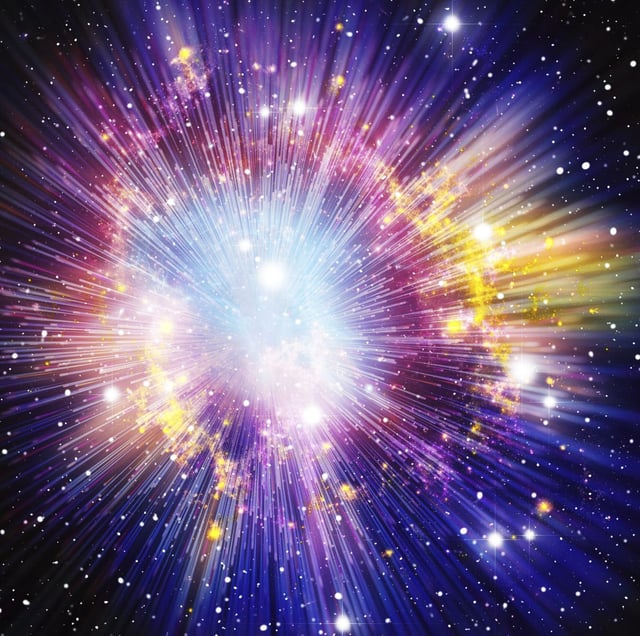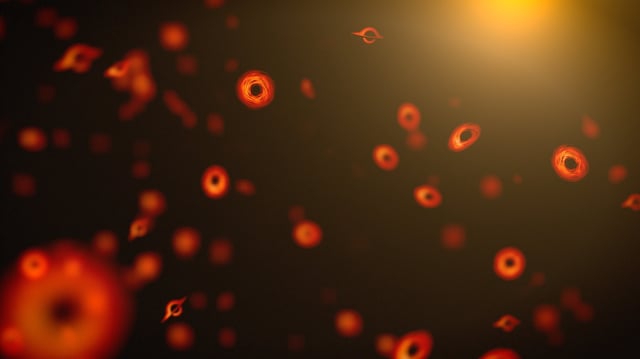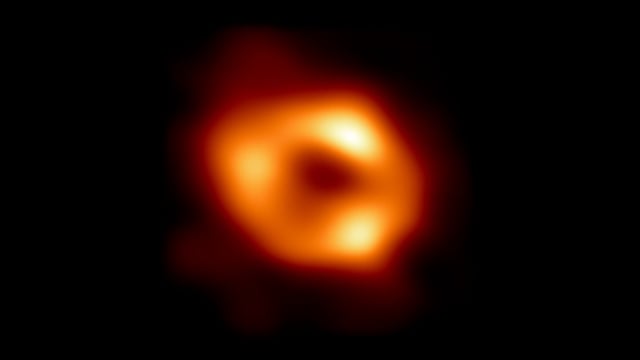Overview
- The Physical Review Letters study estimates a greater than 90% chance of a detectable primordial black hole burst in the next ten years under its dark‑QED assumptions.
- The model posits a heavy “dark electron” and a small dark charge that can temporarily stabilize these black holes before their final outburst.
- Researchers say current space- and ground-based telescopes could detect the Hawking-radiation gamma rays if observers coordinate targeted searches.
- A confirmed detection would be the first direct evidence of Hawking radiation and could yield a definitive inventory of particles in nature.
- The work revises prior expectations from roughly one observable burst per 100,000 years to about one per decade, while noting no explosion has yet been seen.


